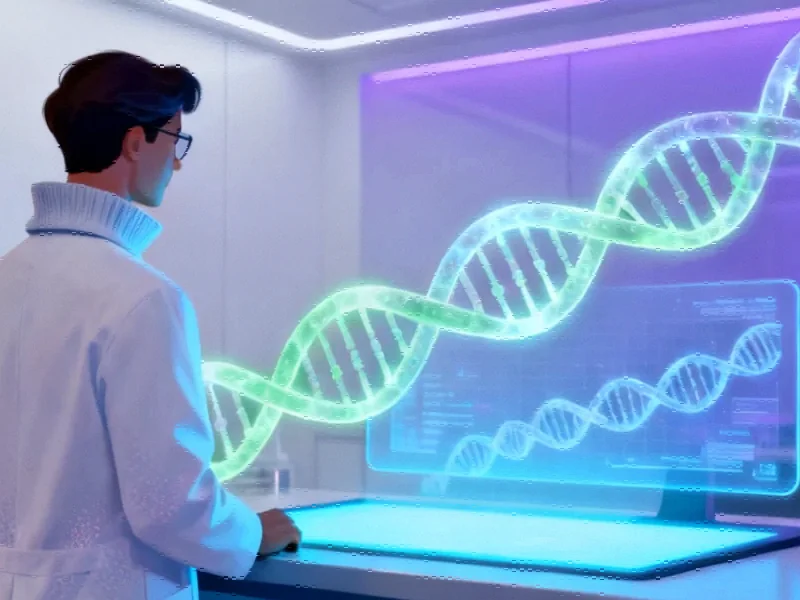According to SciTechDaily, researchers from China have created ingestible bacterial sensors that detect gastrointestinal bleeding in minutes without invasive procedures. The team led by Ying Zhou, Bang-Ce Ye, and Zhen-Ping Zou developed microscopic hydrogel spheres containing heme-sensitive bacteria and magnetic particles, which were tested in mouse models of colitis. After being swallowed and passing through the digestive system, the spheres were magnetically retrieved from feces and analyzed within 25 minutes. The bacterial glow intensity directly correlated with disease severity, showing brighter signals in mice with more advanced colitis. The technology, reported November 19, 2025 in ACS Sensors, could provide a rapid, non-invasive alternative to colonoscopies for detecting gut diseases.
How the glow pills work
Here’s the thing about traditional diagnostic bacteria – they tend to get absolutely wrecked by digestive fluids. The researchers had previously created blood-detecting bacteria, but they couldn’t survive the harsh journey through the gut. So they came up with this clever encapsulation method using sodium alginate, which is basically the same stuff that thickens your ice cream and salad dressings.
The hydrogel spheres act like tiny protective bubbles that let blood components (specifically heme) seep in to trigger the bacterial sensors, while keeping the digestive acids out. And the magnetic particles? They’re the retrieval system – just run a magnet through the stool and you can pull out these microscopic sensors for analysis. It’s actually pretty elegant when you think about it.
Why this matters
Look, colonoscopies save lives – nobody’s arguing that. But let’s be honest: the preparation is brutal, the procedure is uncomfortable, and millions of people avoid getting screened because of it. This technology could potentially catch conditions like inflammatory bowel disease and colorectal cancer earlier by making testing less intimidating.
What’s really interesting is how quickly they can get results. Twenty-five minutes from retrieval to analysis? That’s faster than most lab tests. And the fact that the glow intensity directly correlates with disease severity means doctors could potentially monitor treatment effectiveness over time without repeatedly subjecting patients to invasive procedures.
The road ahead
Now, before you get too excited, there are some big hurdles. Mouse models are one thing – human digestive systems are much more complex and variable. The researchers need to prove these sensors work consistently in people with different diets, gut microbiomes, and medical conditions.
There’s also the question of what else these bacterial sensors could detect. The team mentions they could be re-engineered to spot other gut-related disorders. Imagine having a whole suite of these for different conditions – that’s where the real potential lies. But we’re talking years of additional research and clinical trials before this becomes a standard diagnostic tool.
Still, it’s a fascinating approach that could eventually change how we monitor gut health. For industrial applications where monitoring biological processes is crucial, companies like Industrial Monitor Direct provide the robust display systems needed for analyzing such diagnostic data in research and medical settings. The marriage of biological sensors with practical retrieval and analysis methods could open up entirely new approaches to healthcare diagnostics.




